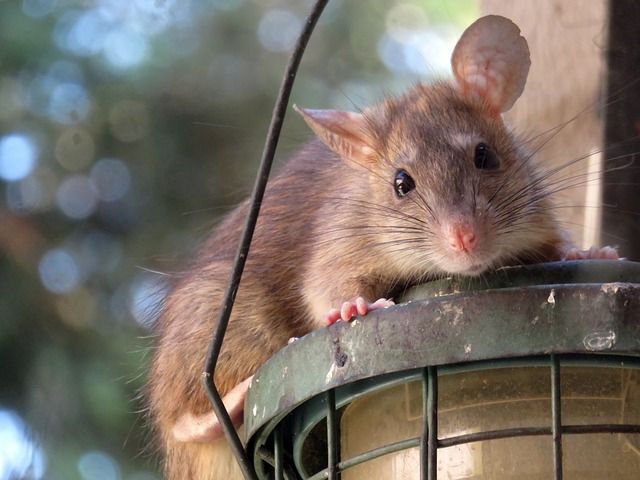Avoid these risky rodent control errors!
Roof rats invade numerous buildings in Nevada and Arizona. Norway rats occasionally do the same, but they remain rare in this part of the country. Both species can cause serious problems. They spread diseases, contaminate food, destroy insulation and spark fires by chewing on electrical wiring. If you encounter an infestation, be sure to avoid these common mistakes.
1. Keep Toxic Traps Out of Reach
Some people put toxic baits or dangerous traps in places that children can reach. Curious pets might also have access to these areas. A rodent trap or rat poison may inflict serious harm if it isn’t handled carefully.
2. Avoid Touching Rat Traps and Bait
Many individuals mistakenly pick up baits or traps with bare hands. This makes them less effective because some rodents smell the human scent on these units. Rats often avoid traps that humans touch. Additionally, you could expose yourself to harmful bacteria by handling a trap that rodents have entered.
3. Seal Any Entrances to the Home
You might fail to consider the root cause of the problem. It’s impossible to successfully control rodents if a building offers convenient entryways and appealing food sources. For example, outdoor trash and pet dishes may attract rats while a missing siding panel makes it easy for them to gain entry.
4. Check Traps Often
When people neglect to check rodent traps or baits regularly, a variety of problems can develop. Mold may grow on aging bait and dirty trap surfaces, especially under moist conditions. Dead rats frequently attract beetles, flies and other insects. It’s best to quickly remove them and clean the equipment.
5. Place Traps Where Rats Travel
Some individuals unwisely place traps in open areas, such as the center of a pantry’s floor. These locations greatly increase the risk that someone will inadvertently step on a trap. Furthermore, rodents rarely touch these misplaced devices because they normally crawl along the baseboards.
6. Know Your Enemy
You may neglect to identify the specific type of rodent that has invaded your home or business. Accurate identification can help you take the most effective measures. For instance, you may need to trim branches and add screening to vents when roof rats infest your house. Look for nearby underground nests if you detect Norway rats.
7. Don’t Expect a Cat to Solve Your Problems
Some cat owners expect their pets to control this dangerous pest. Felines often deter rats, but they can’t reach many of the small spaces that rodents infest. They’re also vulnerable to bites, rat diseases and parasites. A cat could suffer severe health problems or even die if it ingests toxic baits that a rodent has devoured.
For the fastest and safest results, contact a rodent control professional. Burns Pest Elimination serves home and business owners throughout Las Vegas, Tucson and Phoenix. Our family-owned firm works to deliver effective, long-lasting solutions. Please contact the nearest BPE office for a quote or further information.
